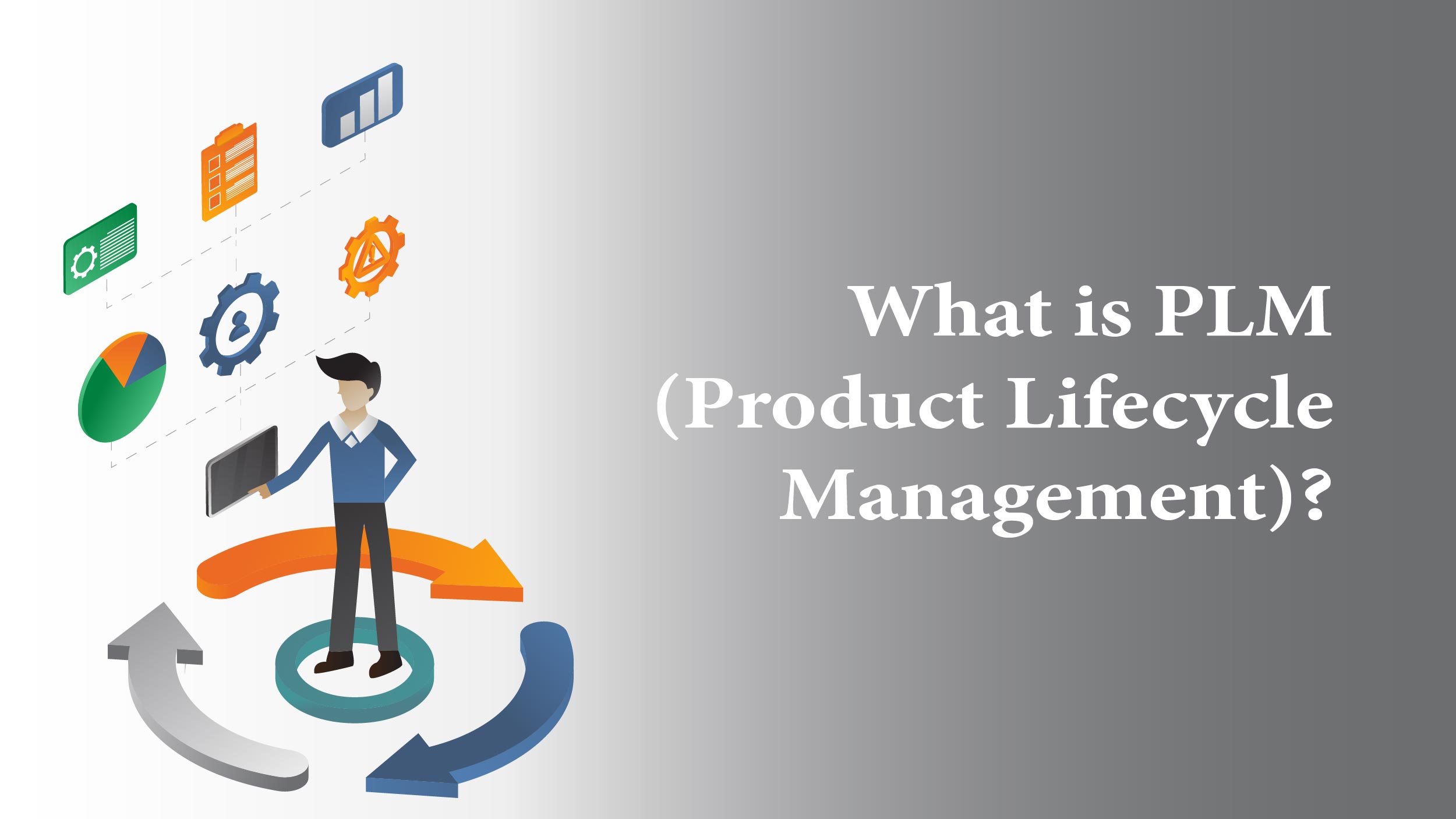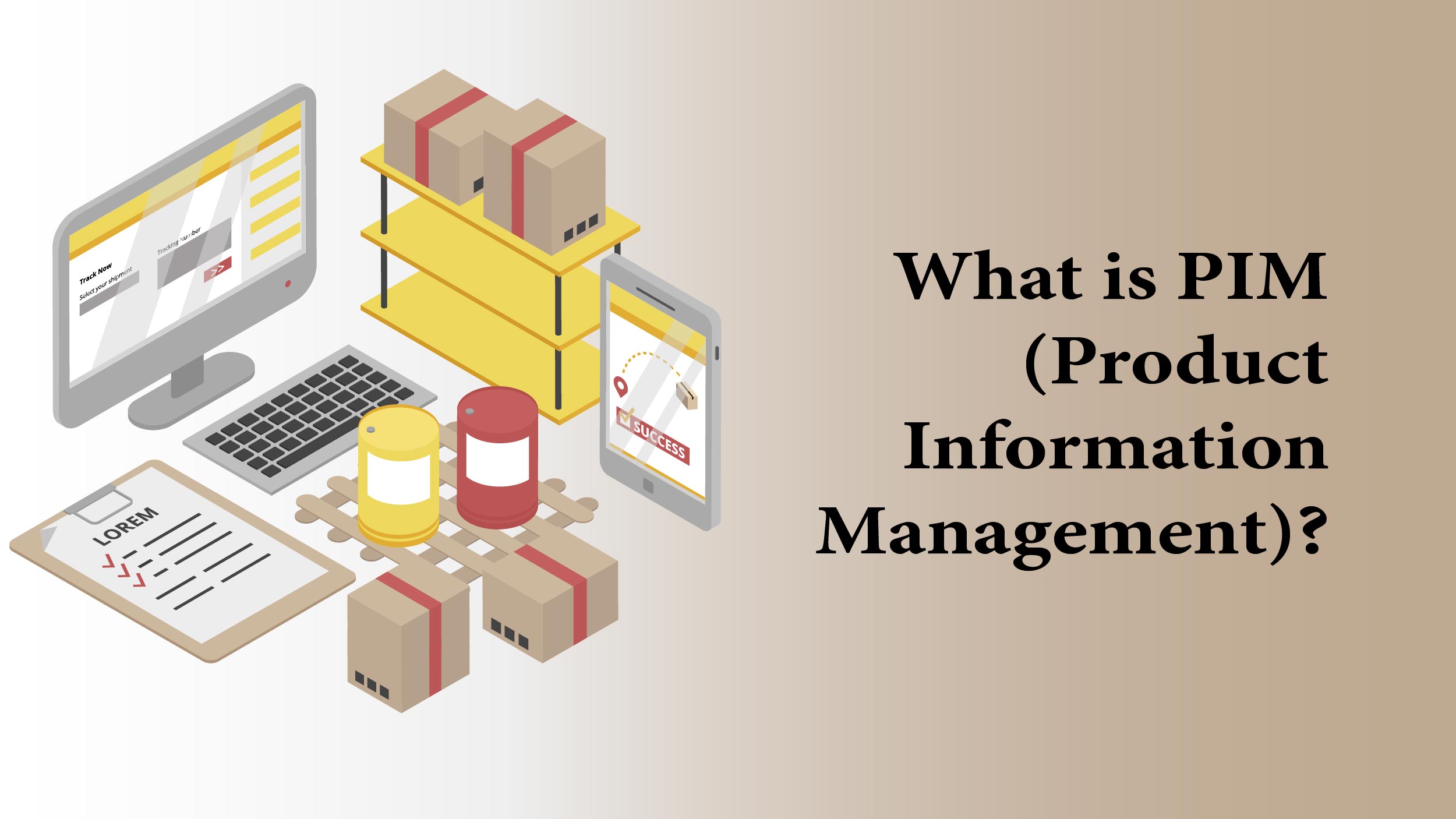In today’s competitive business landscape, managing product information and its lifecycle effectively is crucial for success. Consumers expect detailed, accurate information readily available across all touchpoints. 73% of customers, according to Salesforce, believe that businesses should be aware of their specific needs and expectations. This is where two powerful software solutions come into play: Product Lifecycle Management (PLM) and Product Information Management (PIM). While both acronyms sound similar, they serve distinct purposes within the product management sphere.
This comprehensive guide answers, what is the difference between PLM vs PIM, equipping you with a clear understanding of their functionalities, key differences, and ideal use cases. By the end, you’ll be well-positioned to determine which solution, or potentially both, can best serve your specific product management needs.
What is PLM (Product Lifecycle Management)?
PLM refers to a strategic approach to managing a product’s entire existence, from conception to disposal. PLM systems are software applications that centralize and facilitate collaboration around product data throughout its lifecycle. This data typically encompasses:
- Computer-Aided Design (CAD) files and 3D models
- Bill of Materials (BOMs) detailing product components
- Manufacturing instructions and specifications
- Quality control documentation
- Change order history
PLM software streamlines various stages of the product lifecycle, including:
- Design and Development: PLM fosters collaboration between design engineers, allowing for efficient iteration and version control of product designs.
- Manufacturing: PLM facilitates the creation of accurate BOMs and manufacturing instructions, ensuring smooth production processes.
- Supply Chain Management: PLM integrates with supply chain systems, enabling efficient procurement of materials and parts.
- Quality Control: PLM helps track and manage quality control procedures throughout the manufacturing process.
- Aftermarket Support: PLM can store service manuals and spare part information for efficient post-sale support.
Benefits of Using a PLM System:
- Improved Collaboration: PLM fosters seamless communication and data sharing between various departments involved in the product lifecycle.
- Reduced Errors: Centralized data storage minimizes inconsistencies and errors, leading to higher-quality products.
- Faster Time-to-Market: Streamlined workflows and collaboration expedite product development and launch.
- Enhanced Innovation: PLM facilitates design exploration and version control, promoting a culture of innovation.
- Improved Cost Management: Accurate data and efficient processes lower production and material costs.
Also Read: A Guide to Product Information Management Strategies for Future-Proofing Business
What is PIM (Product Information Management)?
PIM focuses on the management of product information specifically geared towards marketing and sales initiatives. PIM systems centralize and enrich product data, ensuring consistency and accuracy across all customer-facing channels. This data typically includes:
- Product descriptions
- Technical specifications
- Marketing materials (images, videos, brochures)
- Pricing and inventory information
- Multilingual content
PIM software optimizes various aspects of the product information lifecycle, including:
- Data Collection: PIM facilitates the aggregation of product information from various sources (ERP, CRM, marketing materials) into a single repository.
- Data Enrichment: PIM tools allow data cleansing, standardization, and enrichment with missing details and rich media assets.
- Data Governance: PIM establishes workflows and access controls to ensure data accuracy and consistency across all channels.
- Omnichannel Distribution: PIM enables the seamless distribution of accurate and consistent product information to websites, e-commerce platforms, and marketing materials.
Benefits of Using a PIM System:
- Improved Product Data Quality: PIM ensures accurate and consistent product information across all channels, enhancing customer trust.
- Omnichannel Consistency: Customers experience seamless product information regardless of the touchpoint they interact with.
- Increased Sales: Accurate and compelling product information leads to higher conversion rates on sales channels.
- Reduced Time to Market for New Products: Faster data collection and enrichment expedite the launch of new products.
- Improved Marketing Efficiency: PIM simplifies content creation and distribution for various marketing campaigns.
PLM vs PIM: Key Differences
While both PLM and PIM are crucial for effective product management, they cater to distinct needs within the product lifecycle. Here’s a breakdown of their key differences:
| Feature | PLM | PIM |
| Focus | Product Lifecycle Management | Product Information Management |
| Data Managed | CAD designs, BOMs, manufacturing data | Product descriptions, images, specifications |
| Typical Users | Design engineers, product managers, | Marketing teams, sales teams, content creators |
| Benefits | Improved collaboration, reduced errors, | Improved data quality, omnichannel consistency, |
When to Use PLM vs PIM
Choosing between PLM vs PIM depends on your specific product management needs. Here’s a breakdown to guide your decision:
- Use PLM if:
- Your products are complex and involve intricate design and manufacturing processes.
- Collaboration across various departments (engineering, manufacturing, supply chain) is critical for product success.
- You need to streamline quality control procedures throughout the lifecycle.
- You prioritize efficient new product development and faster time-to-market.
- Use PIM if:
- You manage a large volume of product data across multiple channels.
- Ensuring data accuracy and consistency for marketing and sales is crucial.
- You require seamless omnichannel product information delivery (websites, marketplaces, etc.).
- You want to improve the quality and efficiency of product content creation.
Which One Do You Need?
Understanding the differences between PLM vs PIM systems is essential. PLM tools focus on managing a product’s entire journey, from initial concept to final support. They streamline complex projects and workflows while boosting collaboration. In contrast, PIM software focuses on curating and distributing accurate, compelling product data across marketing channels. PLM aids internal teams in development; PIM powers customer-facing content. The choice depends on a business’s specific goals and operations. Together, using both can provide a cohesive, optimized product management ecosystem.
Can You Use PLM and PIM Together?
While PLM and PIM serve distinct purposes, they can be a powerful combination for comprehensive product management. Integrating PLM and PIM systems allows for a seamless flow of product information from design and development to marketing and sales. This integration offers several advantages:
- Holistic Product View: Provides a unified view of product data across all stages, enhancing decision-making.
- Streamlined Processes: Enables smoother data exchange between departments, reducing redundancy and errors.
- Improved Efficiency: Optimizes product information management across the entire product lifecycle.
- Enhanced Customer Experience: Ensures consistent and accurate product information reaches customers at every touchpoint.
Considering Open-Source vs. Commercial PLM/PIM Solutions
When implementing a PLM or PIM system, you have the option to choose between open-source and commercial solutions. Here’s a brief comparison:
Open-Source PLM/PIM:
- Pros: Lower upfront costs, customizable to specific needs, strong community support.
- Cons: May require technical expertise for setup and maintenance, and limited features compared to commercial solutions.
Commercial PLM/PIM:
- Pros: Wide range of features, vendor support and implementation services, scalability to accommodate growth.
- Cons: Higher upfront costs, ongoing licensing fees, and limited customization options compared to open-source.
The best choice depends on your budget, technical expertise, and the complexity of your product management needs.
Future of PLM and PIM
PLM and PIM technologies are constantly evolving to keep pace with the ever-changing business landscape. Here are some key trends to watch:
- Cloud-Based Solutions: Cloud deployment allows for increased accessibility, scalability, and collaboration.
- Artificial Intelligence (AI) and Machine Learning (ML): AI/ML can automate data enrichment tasks, improve data quality, and personalize customer product information.
- Integration with the Internet of Things (IoT): PLM/PIM integration with IoT devices can provide real-time product performance data for improved product development and after-sales support.
Conclusion
Understanding the intricacies of PLM vs PIM empowers you to make informed decisions about your product management software needs. Whether you require a PLM system for streamlined development processes or a PIM system for data-driven marketing initiatives, both solutions can significantly enhance your ability to bring high-quality products to market efficiently. By carefully considering your specific needs and exploring the potential of integrating PLM and PIM systems, you can establish a robust product management foundation for sustainable business growth.




